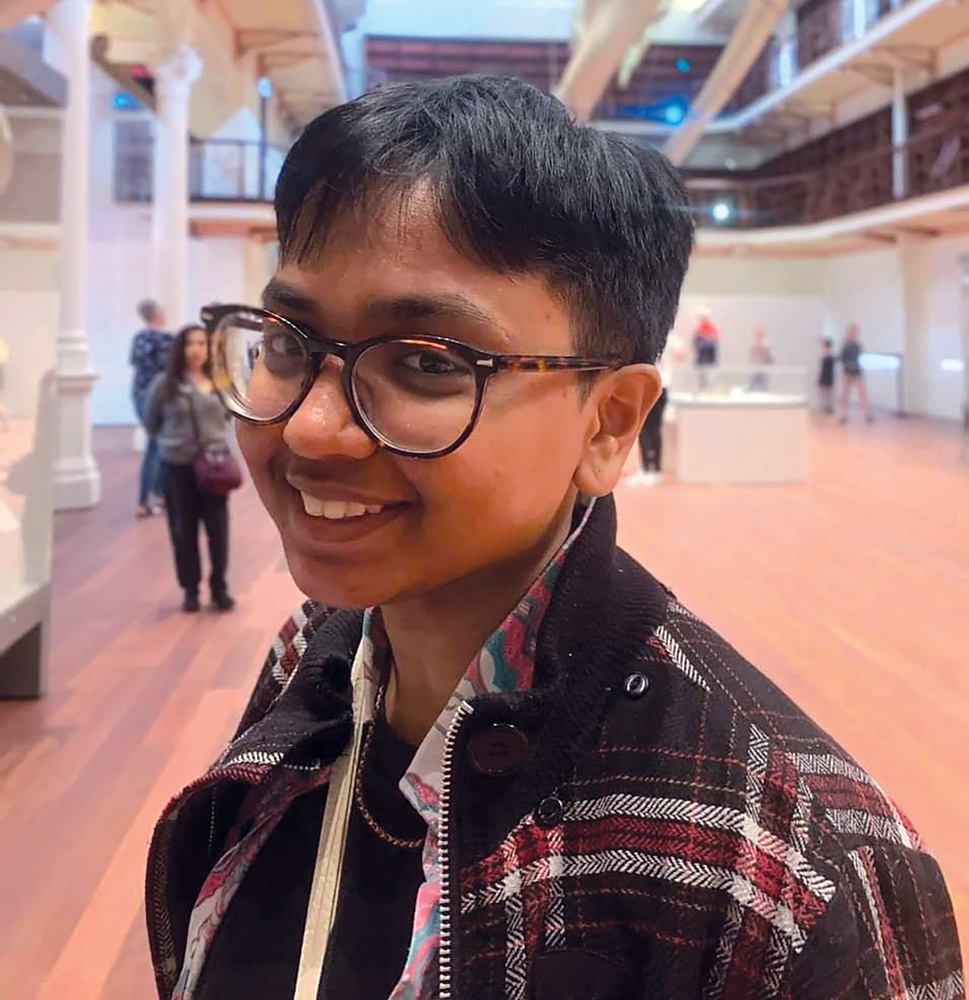Dulasi Amarasingha from Youth Pride Network explains how GPs can help trans and gender diverse youth access health care.
Primary care is often the first point of contact a LGBTQIA+ young person has with the health system and these early experiences may permanently shape their future engagement. Therefore, it is critical that these early encounters are productive, affirming and positive.

Being LGBTQIA+ in itself is not a risk factor for poor mental health. It is the sociocultural expectation of cis-heteronormativity (the expectation that everyone is heterosexual and cisgender) and accompanying social exclusion, stigma and systemic discrimination that negatively impacts mental health. This results in higher rates of psychological distress, depression, anxiety, suicidal ideation, suicide and self-harm.
When seeking healthcare, LGBTQIA+ people may experience overt discrimination, subtle discrimination and the more pervasive knowledge gaps contributing to sub-optimal patient-provider communication.
Conversely, GPs who are able to provide inclusive and affirming experiences for LGBTIQA+ young people are able to establish a life-long positive relationship with the health care system.
Only two-thirds of LGBTQIA+ youth receive professional diagnosis and support, and one-third do not use crisis support when needed due to anticipated discrimination.
The COVID-19 pandemic has exacerbated the challenges and disparities faced by these youth, of note is mental health especially for young people in unsupportive households with limited contact to community support systems.
Young people with variation of sex characteristics (also known as Intersex conditions) often receive substandard care due to lack of understanding and stigma. Intersex advocates have globally called for increased education of health professionals and many other health-related reforms in the Darlington Statement.
Aboriginal and Torres Strait Islander LGBTQIA+ youth face exclusion and discrimination in both Queer and Indigenous communities. As is highlighted in many studies, including a recent report from ECU, Breaking the Silence, racism and heterosexism present significant barriers to care.
It is important that health care providers understand diverse identity groups and have awareness of support services led by Aboriginal and Torres Strait Islander LGBTIQA+ people. This experience of ‘dual discrimination’ is also faced by LGBTQIA+ youth who are from a culturally and linguistically diverse background, refugee background, have a disability, from religious faith communities, living rurally or are in foster care.
Discrimination, ignorance and poor communication make it difficult for LGBTQIA+ young people to have their sexual health needs addressed by GPs. This is especially prevalent in STI and HIV testing which must be accessible to youth without harmful stereotypes and assumptions.
In particular, there is a lack of informed and respectful discussions surrounding safe sex practices for women who have sex with women and contraceptive options for transmasculine youth. Additionally, education surrounding PrEP and PEP for HIV is crucial to providing LGBTQIA+ youth with informed care.
GPs can also play a vital role in discussing consent and healthy relationships, as LGBTQIA+ youth are at higher risk of abusive relationships mainly due to barriers to support.
It is important to include trans and gender diverse young adults in preventative screening such as the cervical screening test. Avoiding gendered anatomy and using inclusive language (e.g. people with cervixes, people who menstruate) can improve communication during consultations. Explaining and reassuring confidentiality is critical to creating a safe space for LGBTQIA+ youth to ask questions.
Trans and gender diverse youth face unique challenges in accessing primary care. This may include deciding whether to disclose their gender identity and having to explain terminology or justify their identity to practitioners. They may also be asked invasive, personal questions that are not clinically relevant to presenting issues due to a practitioner’s curiosity.
Sometimes this may be well-intentioned, but it is not helpful to place the burden on the young person seeking healthcare to also educate. Staff making inappropriate remarks about LGBTQIA+ people’s bodies, identities and expression is actively harmful.
Because of the lack of informed GPs, there are often long waiting lists and multiple barriers for young people accessing gender-affirming care. Given the opportunity, GPs should be informed of consent-based gender affirmation care and be able to educate LGBTQIA+ youth about safe practices for non-hormonal gender affirming care such as chest binding and genital tucking.
Lack of accessibility can delay presentations for essential healthcare. It is incumbent upon GP to understand LGBTQIA+ inclusive health care is well within their capability to provide, and must be a standard across all health care, rather than viewed as a specialist area.
The Youth Pride Network has recently released a version of the Australian Charter of Healthcare Rights with LGBTIQA+ specific examples and imagery to improve the accessibility and understanding of the Charter for LGBTIQA+ young people. This is a great place for GPs to start and is available on
www.youthpridenetwork.net/me-and-my-doctor
ED: Dulasi Amarasingha is a committee member of the Youth Pride Network, with Hunter Gurevich, chair of Transfolk of WA, providing feedback for the article.

